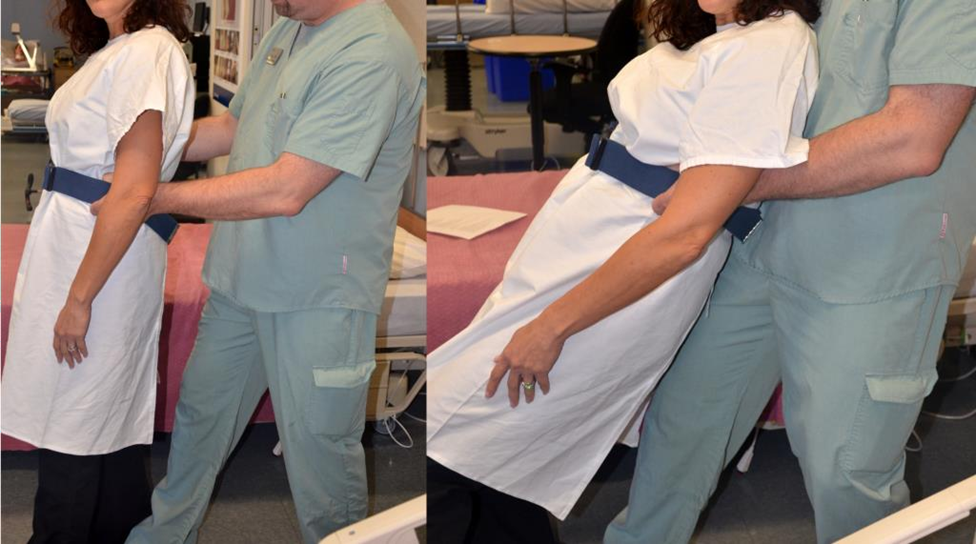The nurse is caring for an unconscious patient with a risk for skin impairment. How often will the nurse plan to change the position of this patient?
Every 30 minutes
Every 180 minutes
Every 60 minutes
Every 120 minutes
The Correct Answer is D
A. Changing the patient's position every 30 minutes can help prevent pressure sores but this is such a short interval. The recommended interval is at least every 2 hours.
B. Every 180 minutes (or every 3 hours) is too long of an interval between position changes for a patient at risk for skin impairment. Prolonged pressure on bony
prominences increases the risk of pressure ulcer development.
C. Every 60 minutes (or every hour) is more frequent than every 180 minutes but may
still not be sufficient for preventing pressure ulcers in an unconscious patient with limited mobility.
D. For an unconscious patient at risk for skin impairment, it is recommended to reposition the patient at least every two hours to prevent pressure ulcers and skin breakdown. This frequency is a balance between providing adequate skin protection and minimizing the risk of injury to the patient or strain to the healthcare provider.
Nursing Test Bank
Naxlex Comprehensive Predictor Exams
Related Questions
Correct Answer is B
Explanation
A. Keeping the back bent while lowering the patient is not the most appropriate postion.
B. when a patient begins to fall, it is important to control the descent to minimize injury.
The nurse should widen their stance, bring the patient's body close to provide support, bend their knees, and use the strength of their thighs to lower the patient to the ground safely.

C. Keeping the knees straight while lowering the patient increases the risk of strain or injury to the nurse's back.
D. Holding the patient upright may not be feasible if the patient is already falling, and attempting to do so may result in injury to both the patient and the nurse.
Correct Answer is B
Explanation
A. Maximum assist is when the client requires total assistance from one or more persons to perform the activity. In this scenario, the client is able to rise from a seated position
independently with the assistance of a cane, so maximum assist is not appropriate.
B. Minimal assist is when the client requires some assistance or supervision to perform the activity but is able to complete most of the task independently. Since the client can rise from a seated position using a cane for support, they require minimal assistance.
C. Moderate assist is when the client requires more help than minimal assist but can still contribute to the activity. Since the client can perform the task with minimal assistance, moderate assist is not appropriate.
D. No assist is when the client is able to perform the activity without any assistance.
While the client uses a cane for support, they are still able to rise from a seated position independently, so no assist is not appropriate.
Whether you are a student looking to ace your exams or a practicing nurse seeking to enhance your expertise , our nursing education contents will empower you with the confidence and competence to make a difference in the lives of patients and become a respected leader in the healthcare field.
Visit Naxlex, invest in your future and unlock endless possibilities with our unparalleled nursing education contents today
Report Wrong Answer on the Current Question
Do you disagree with the answer? If yes, what is your expected answer? Explain.
Kindly be descriptive with the issue you are facing.
